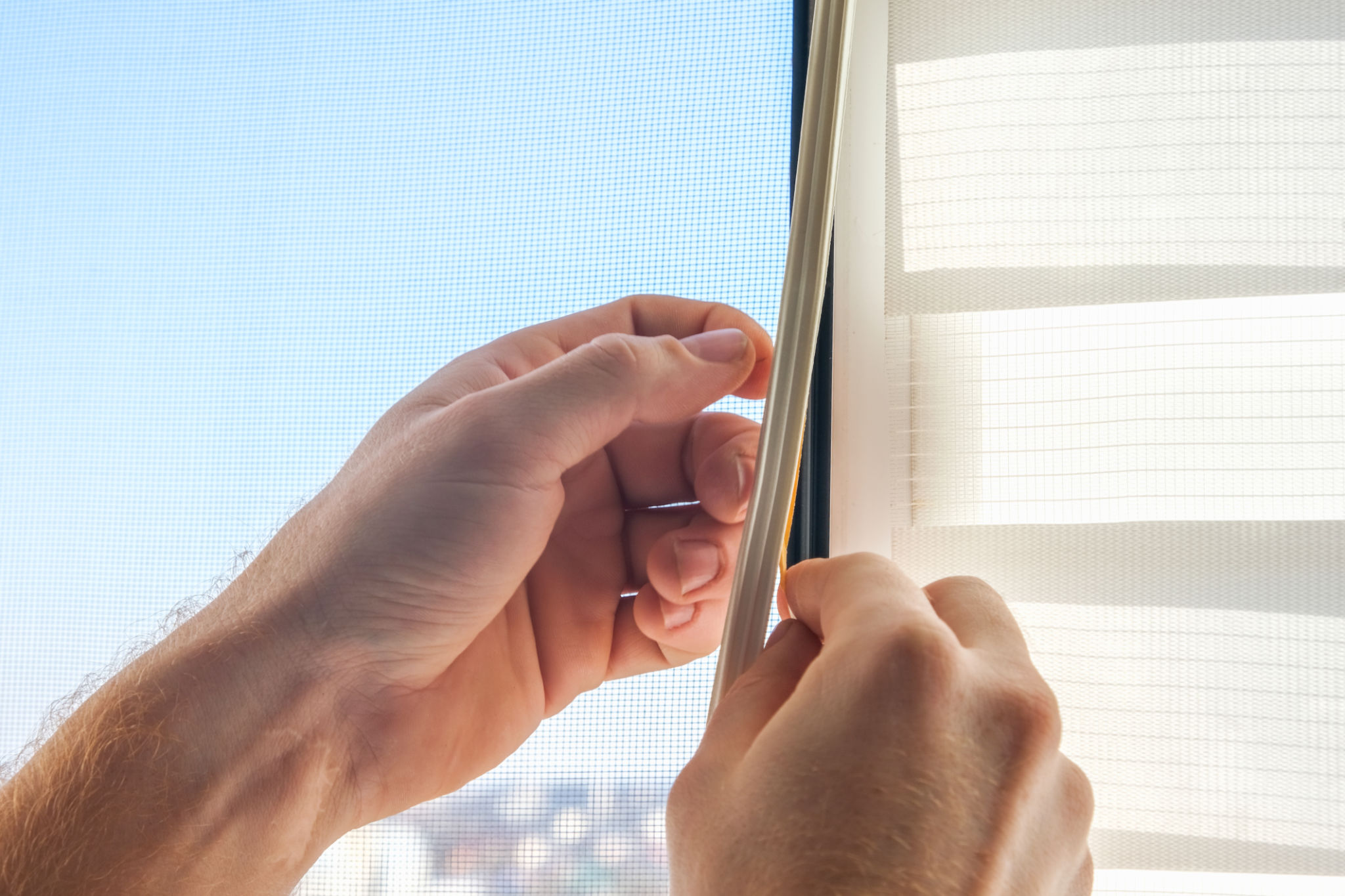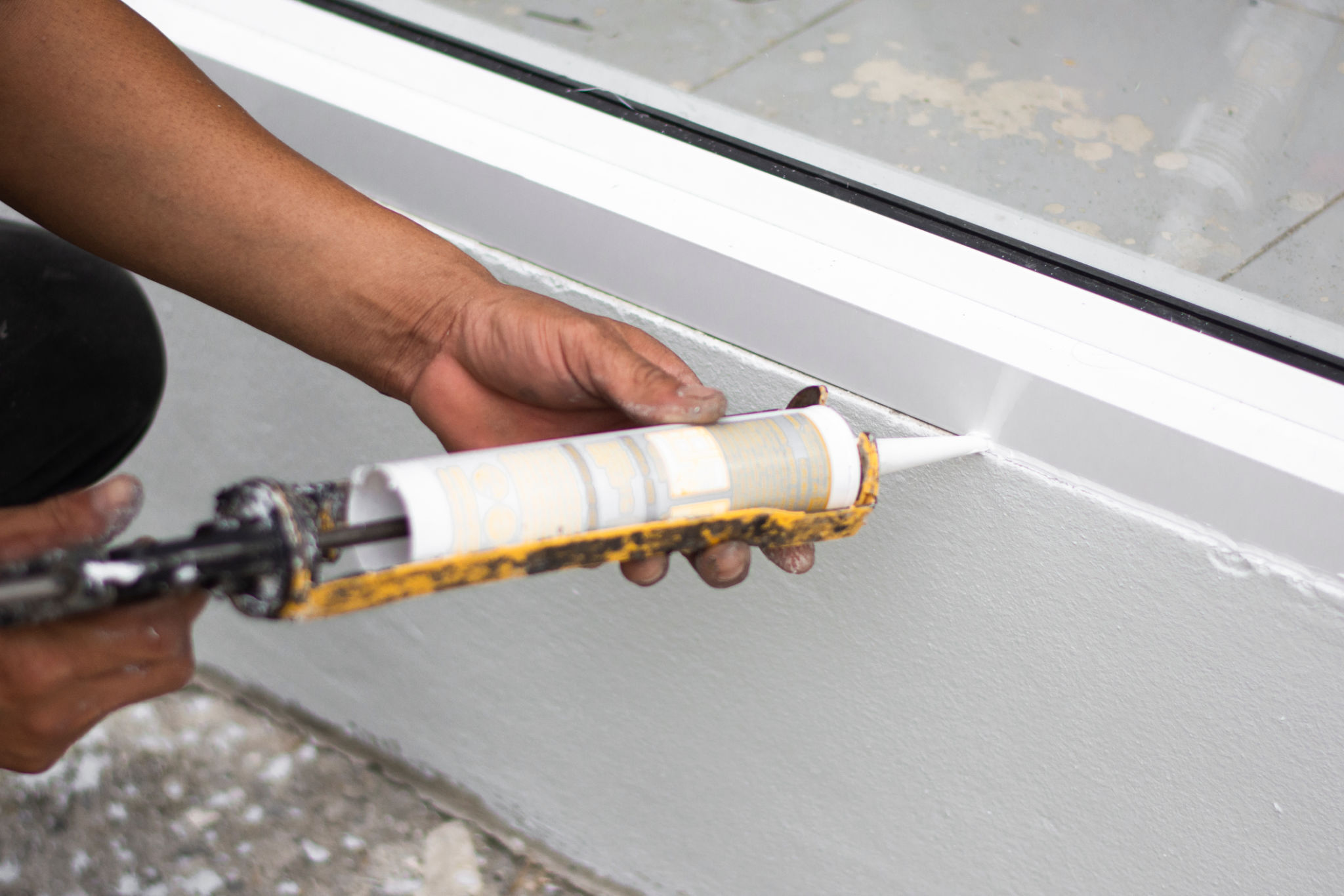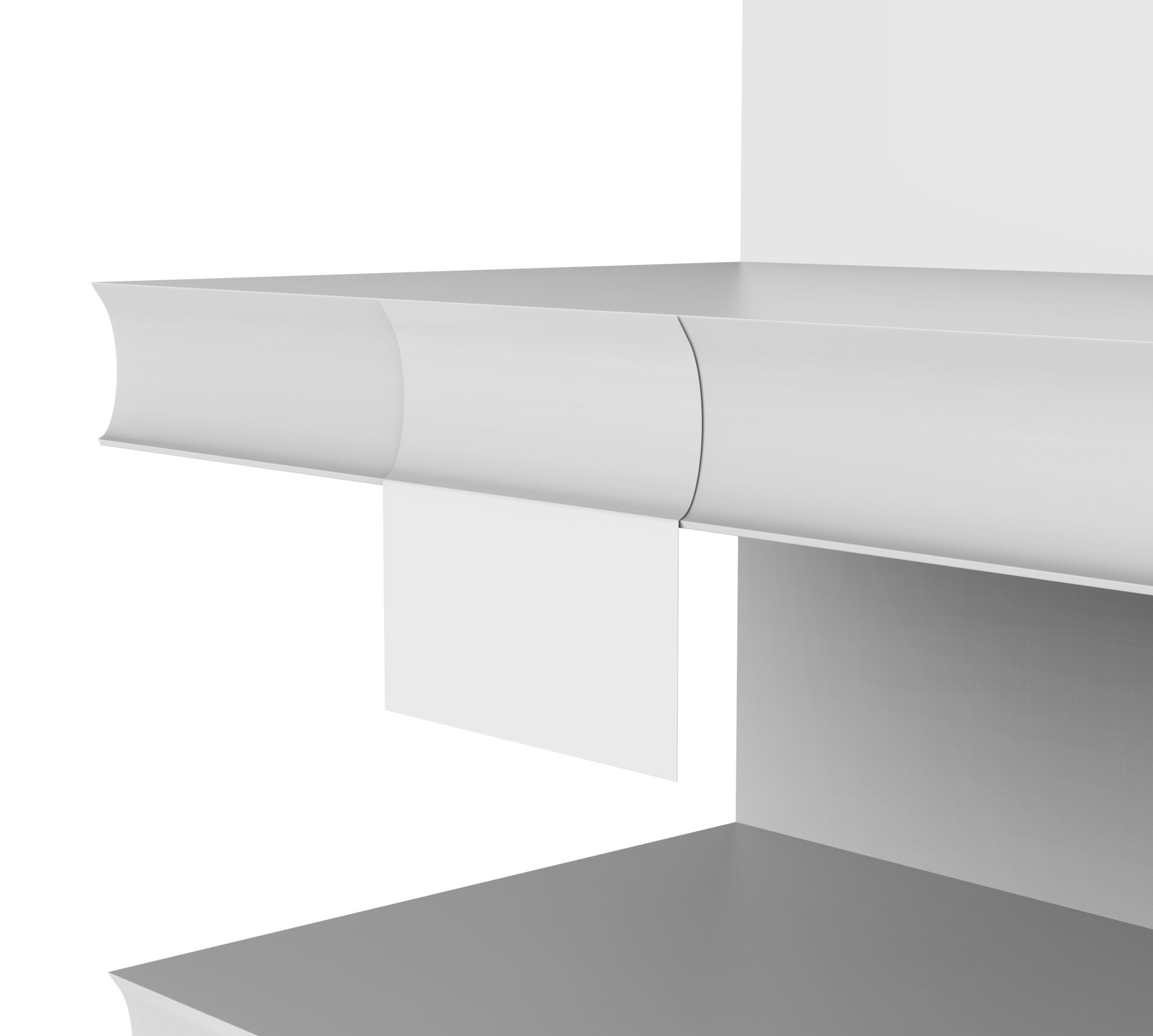DIY Window Improvements for Better Energy Efficiency in Kolín
Enhancing Window Insulation
Windows play a crucial role in the energy efficiency of your home. Poorly insulated windows can lead to heat loss during the winter months and excessive heat gain in the summer. To tackle this issue, you can implement several DIY window improvements to enhance insulation and reduce energy costs in your Kolín home.
One effective method to improve window insulation is by adding weatherstripping. This involves sealing the gaps around your windows to prevent drafts. You can find various types of weatherstripping materials like foam tape, felt, or V-strip, each offering different levels of insulation and ease of installation.

Applying Window Film
Another simple yet efficient way to boost energy efficiency is by applying window film. This thin layer can significantly reduce heat transfer, keeping your home cooler in the summer and warmer in the winter. Window films are available in different types, including tinted or reflective options, which also provide added privacy.
Installing window film is a straightforward process. Start by cleaning the window thoroughly to ensure proper adhesion. Measure and cut the film to fit the window size, then apply it by peeling off the backing and smoothing it onto the glass surface. A squeegee can be used to remove any air bubbles.
Investing in Thermal Curtains
Thermal curtains are an excellent investment for energy-efficient window treatments. These curtains are made of thick, insulated fabric designed to block drafts and minimize heat exchange through windows. They not only improve energy efficiency but also enhance the aesthetic appeal of your home.

When selecting thermal curtains, consider the size and style that best suits your home décor. Ensure that they cover the entire window and extend beyond the frame to maximize their insulating effect. During colder months, keep these curtains closed at night to retain warmth, and open them during the day to let in natural sunlight.
Seal Windows with Caulk
Caulking is another effective solution for sealing gaps and cracks around windows. Over time, the caulking around your windows may deteriorate, leading to air leaks. Inspect your windows annually and reapply caulk as needed to maintain an airtight seal.
To begin, remove any old, damaged caulk using a putty knife or scraper. Clean the area thoroughly and apply a new bead of exterior-grade caulk along the seams where the window frame meets the wall. Smooth it out for a neat finish, ensuring all gaps are sealed.

Adding Window Inserts
If you're looking for a more substantial DIY project, consider adding window inserts. These removable frames are equipped with an additional layer of glass or acrylic that fits inside your existing window frame, providing an extra barrier against heat loss.
Window inserts are custom-made to fit each window precisely, allowing for a tight seal that enhances energy efficiency. They are easy to install and remove, making them a flexible option for both winter and summer needs.
Incorporating Draft Stoppers
Draft stoppers are a simple and cost-effective solution for preventing air leaks under your windows. These fabric tubes are filled with insulating material and placed at the base of your window sills to block drafts effectively.
You can either purchase ready-made draft stoppers or create your own using sewing materials. Simply measure the width of your window sill, sew a tube, and fill it with sand or rice for weight. Place it snugly against the sill to keep cold air out and warm air in.

